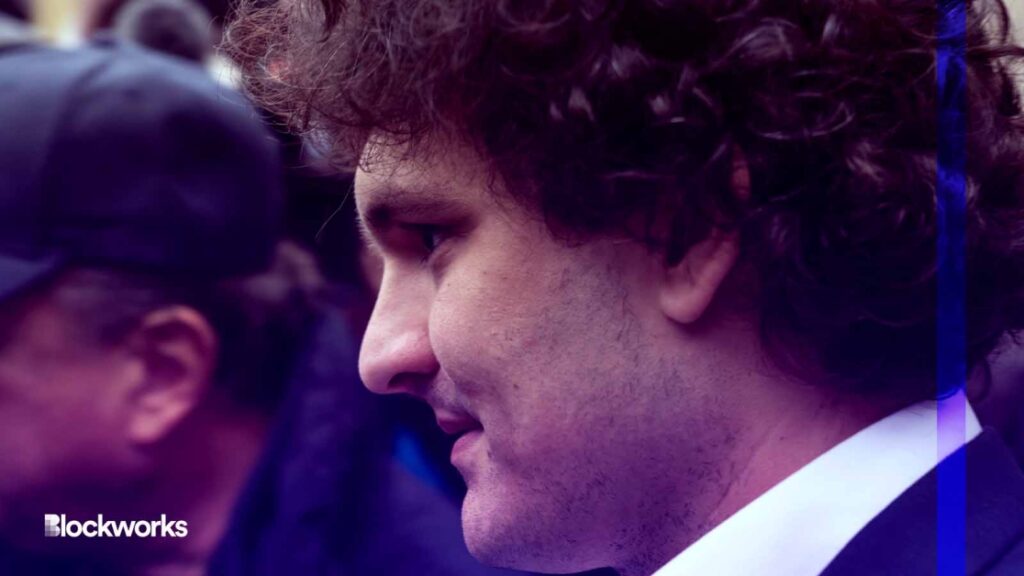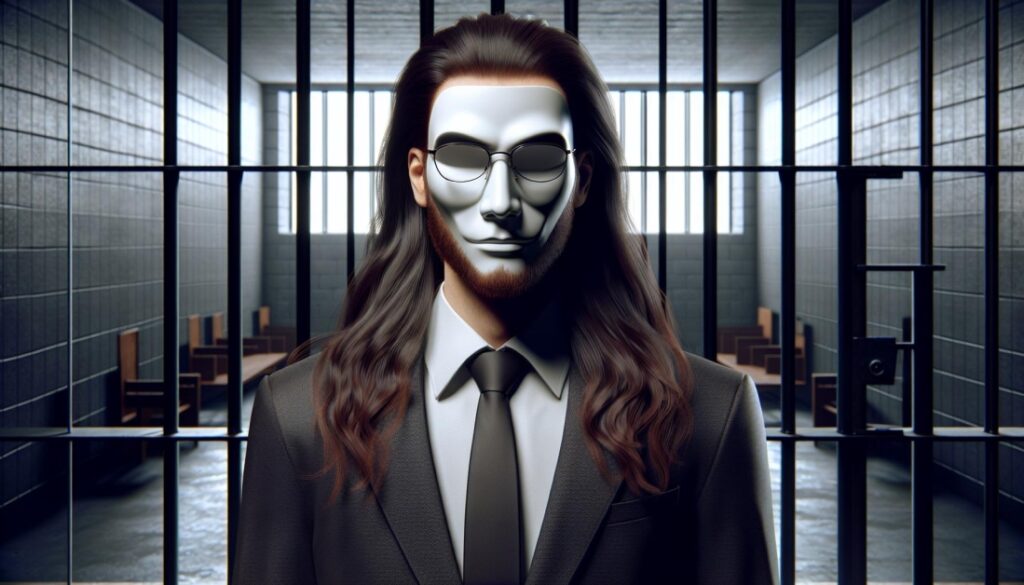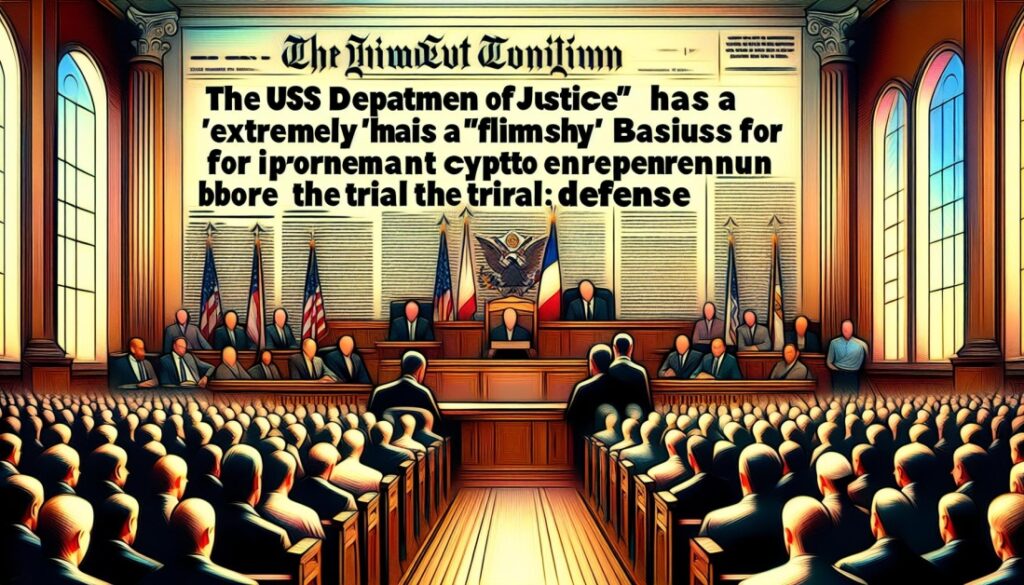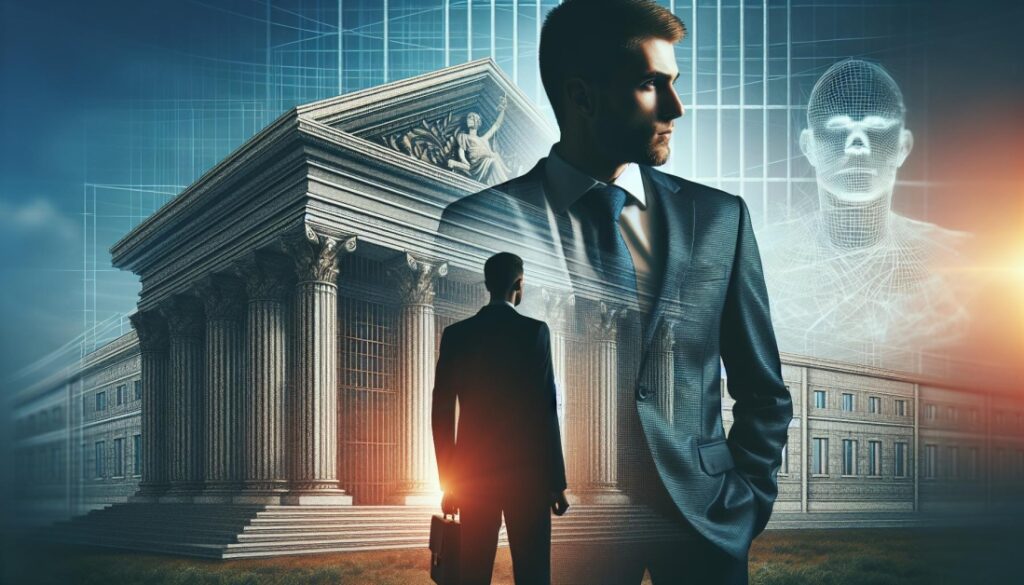Sam Bankman Fried Throws Caroline Ellison Under the Bus as a Witness
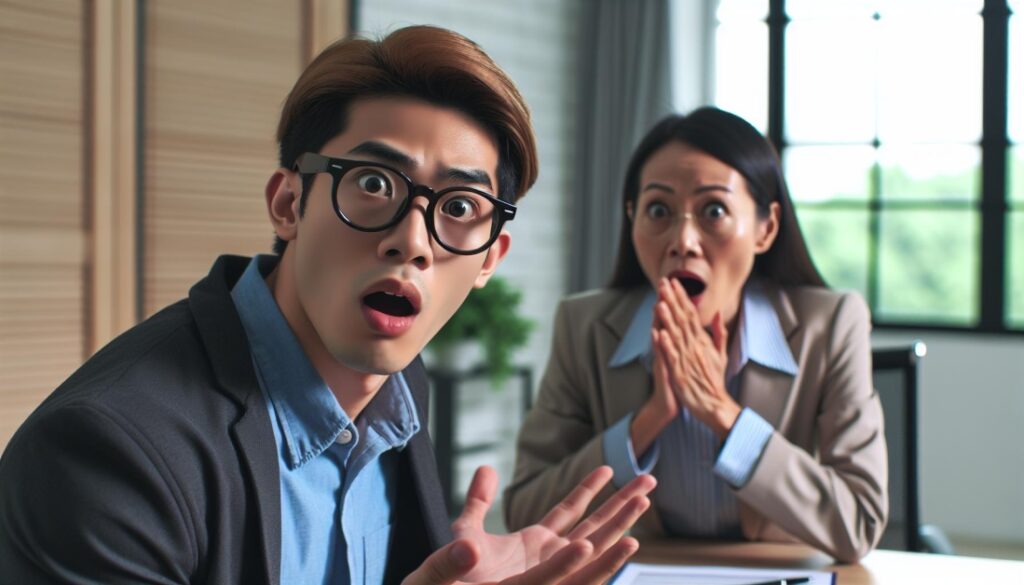
-
Sam Bankman Fried began testifying to the jury Friday in his fraud trial.
-
SBF tried to blame his subordinates when questioned by his lawyer.
-
Former FTX CEO admitted that mistakes were made at the crypto exchange, the most important of which was the lack of a risk manager. He said that “many people were injured.”
Sam Bankman Fried, testifying before jurors on his first day in New York, reiterated Friday that the FTX crypto exchange failed because of mistakes, not abuse of authority. His subordinates were responsible for the biggest mistakes.
For example, he told the court that he had asked Alameda Research – the hedge fund he founded with close ties to FTX and which was headed by Caroline Ellison – to hedge FTX’s risks.
Bankman-Fried responded curtly to his defense attorney’s question about whether Ellison had followed his attorney’s advice to “downsize” Alameda to reduce his risks and shrink the billion-dollar hole.
The crypto mogul, who is accused of fraud and conspiracies, began his testimony to jurors on Friday by saying he made mistakes at his now-defunct crypto giant FTX – the biggest mistake being failing to manage risk. Hiring experts – and that “a Lot of people were hurt.
Mark Cohen, Bankman-Fried’s attorney, spent most of Friday morning walking his client through the early days of FTX and Alameda Research – Bankman-Fried’s trading firm. The focus was on changing prosecutors’ narrative about the companies’ collapse into one more favorable to Bankman-Fried – portraying them as legitimate, well-intentioned businesses and providing context for explaining the motivations behind controversial decisions.

Alameda’s ability to “go negative” was a key factor in its ability to withdraw unlimited amounts of funds from FTX customers. The FTX founder’s case is based on the fact that he stole from his customers through his trading shop.
Bankman Fried blamed his former colleagues for the “Allow-Negative Feature”: Gary Wang, a prosecution witness, and Nishad Sing, a Nishad Singh. He said they implemented the system based on Bankman Fried’s vague instructions to fix the error.
Bankman-Fried follows a strategy that focuses on blaming former colleagues. Bankman-Fried claimed that he “supervised” Wang, FTX’s chief technology officer, and Singh, its chief technology officer. However, he said they had full decision-making authority.
In his early testimony, Bankman-Fried also attempted to portray other events in Alameda in a more positive light than that of prosecutors. Bankman Fried testified that although prosecutors suggested Bankman Fried and his colleagues delete the communications to avoid legal problems, he did so because he learned the rule as a quantitative trader on Jane Street.
The “New York Times Bankman-Fried said that the “test” was often used as a reference in the quant shop. He recalled that “anything you write down” could be featured in The New York front page of The Times. He continued: “Some things that are harmless can seem very bad without context.”
Bankman-Fried focused his testimony on the legality of Alameda’s massive borrowing from FTX (Alameda could borrow like anyone else) and the exchange’s ability to claw back funds to users to cover losses. (This is covered in a section of FTX’s Terms of Service, but only applies to a margin trading feature used by a relatively small number of users.)
Bankman-Fried appeared composed and confident on the stand. The former crypto founder was eager to tell his story, as evidenced by the deliberate, clear wording of his statement and his easy recollection of his early years as a crypto founder. Bankman-Fried’s answers often descended into breathless monologues. That led to objections from prosecutors and sharp criticism from Judge Lewis Kaplan, who asked him to answer directly.
“Introverted by nature”
Bankman-Fried contradicted statements by former members of his inner circle about his characteristic slovenly appearance.
Ellison testified earlier this month that her former lover and boss wore cheap clothes and drove a featureless car to improve FTX’s image. Bankman-Fried said he chose to wear shorts with a T-shirt because it was “comfortable” and because he kept his hair long out of laziness and “busyness.”
Cohen asked Bankman Fried about FTX marketing budget. He asked specifically about purchasing naming rights to the Miami Heat basketball team’s arena. FTX paid $10 million per year and signed a 19-year contract. Bankman-Fried was asked if he thought the purchase made sense. He said that $10 million per year represented 1% of FTX revenue at the time.
Bankman-Fried said he has no intention of being the face of FTX. He said, “I’m an introvert by nature.” He recalled that he did a few interviews as CEO of FTX and that he did “well” in them. This led to him receiving more requests. He said that after some time it was already too late to find another face to represent FTX.
Judge limits SBF defense
Bankman-Fried began his testimony on Friday and the judge ruled that he could add testimony about FTX lawyers’ role in deleting the internal communications. However, Kaplan prohibited the defense from presenting a wider range of statements about FTX lawyers to the jury.
The question with which Kaplan sent the jury on their way was a preview. When questioned by his defense on Thursday, the former FTX boss made it clear that he wanted to place blame on former FTX chief advisor Dan Friedberg and an outside law firm Fenwick & West.
Bankman Fried said Thursday that he was pleased with the way FTX operated, as his lawyers were involved in everything from the company’s terms and conditions to the formation of North Dimension - a subsidiary of Alameda Research – Bankman Fried’s trading firm – serves to secure accounts and process payments.
The judge did not give a comprehensive defense recommendation to the lawyers who defended the former FTX boss granted in his process. The judge will not inform the jury about the FTX document retention policy when it comes to discussions with attorneys.
This policy is important because Bankman-Fried explained that it allowed the company to delete hundreds of internal messages on apps like Signal. It is also controversial.
After the judge made his decision, Bankman-Fried began testifying before a jury that will decide Bankman Fried’s fate on fraud and conspiracy charges.
